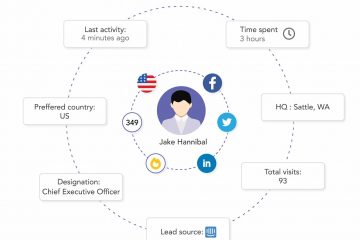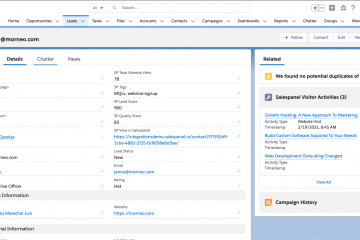7 Emerging E-Commerce Trends in Summer 2022 (and How They’ll Affect Your Business)

While supply chains are still experiencing problems across the globe, eCommerce continues to explore new avenues and thrives under change. At times, it can feel like online commerce is always changing, but the following trends are likely to stick around for years and years to come.
7 Incredible eCommerce Trends Leading the Charge
According to studies, eCommerce sales grew 50% during the pandemic, leading to an $870 billion increase. The success of online shopping will trend upwards thanks to these trends.
1. Customers Will Use Voice Search More and More Often
Voice search is slowly gaining popularity and more people in the US will own smart speakers over regular speakers by 2025. Today, approximately 50% of households currently own one or more smart speakers. So, voice search is at the point where it’s a relevant marketing tactic.
eCommerce websites need to be optimized for voice search if they want to compete with this emerging trend. You can do this by embedding long-tail keywords into your content, reflecting natural human speech in your messaging, and using an informal, conversational written tone.
2. Augmented Reality Enhances the Shopping Experience
Walmart’s new augmented reality upgrade is proving that big box businesses want to invest in this technology. It isn’t hard to see why. Customers are able to use augmented reality to try on clothes, look at furniture, and take measurements before they purchase the product online.
However, some augmented reality features complicate the experience. While shopping through a virtual grocery store can be cool, it’s mostly the culprit of a lot of busy work. If augmented reality makes shopping harder rather than easier, scrap it and try to use it for non-perishables.
3. Personalization Will Provide Insights Into Individual Experiences
Web 3.0 is shaking up the eCommerce marketing game by offering secured personalization from the blockchain. Thanks to intelligent AI, businesses can collect customer data to offer custom shopping experiences online, like product recommendations and customer service.
According to a BCG study, personalized shopping experiences can generate 25% more revenue than companies that don’t offer this feature. As brands start harnessing AI to leverage data, they’ll be able to create relevant, tailored-made eCommerce experiences more often.
4. Fast Delivery Times are Becoming More Important Than Ever
Customer expectations are becoming harder to meet, making fast delivery times more vital than ever. You’ll need to hire an incredible courier company that uses the best delivery route planning technology to create and monitor optimal routes. Otherwise, you’ll miss key delivery dates.
While implementing free, 2-day, same-day, and other fast shipment options will come with high upfront costs, and you could lose more money if you don’t keep up with Amazon. Start small by offering fast shipping locally, then extend your reach nationally as you continue to scale.
5. Sustainability is Very Important to the Millennial and Gen Z Consumers
The earth is getting hotter, which is made apparent by the record-breaking heat waves we’ve been having. For this reason, shoppers are becoming more conscious about where they shop and the impact their products and services have on the environment now and in the future.
Your customers want you to invest in more sustainable fashion choices, eco-friendly packaging, or going paperless. If you can’t, opt for more recyclable supplies or donate to green charities. To go above and beyond, stand for something. Weave your charitable efforts into your brand.
6. The Subscription Model Will Continue to be Very Profitable
There are only so many people you can sell a single product to. Eventually, you’ll have to create new products or add features to older services. The subscription model will be really popular this summer because it can help you stock your inventory and ensure consistent sales.
While SaaS/B2B companies excel with this model, eCommerce stores can use subscriptions for loyalty programs, special features, exclusive content, counseling services, or Q&A sessions. When done right, subscriptions can attract more customers and decrease acquisition costs.
7. Customers Prefer Mobile Shopping and Online Video
Mobile shopping offers customers a lot of conveniences, which is essential in a post-COVID world. As mobile interfaces become faster and more suitable for ads, eCommerce stores like those on Shopify can build their own apps to sell products. Or, they can make their website more mobile-friendly.
If you don’t have the resources to make an app, invest in video marketing. For example, Dr. Muddassir Ahmed has earned thousands of YouTube followers with his supply chain expertise. This year, marketers will start looking at vlogging and video content more seriously.
Sell more, understand your customers’ journey for free!
Sales and Marketing teams spend millions of dollars to bring visitors to your website. But do you track your customer’s journey? Do you know who buys and why?
Around 8% of your website traffic will sign up on your lead forms. What happens to the other 92% of your traffic? Can you identify your visiting accounts? Can you engage and retarget your qualified visitors even if they are not identified?



